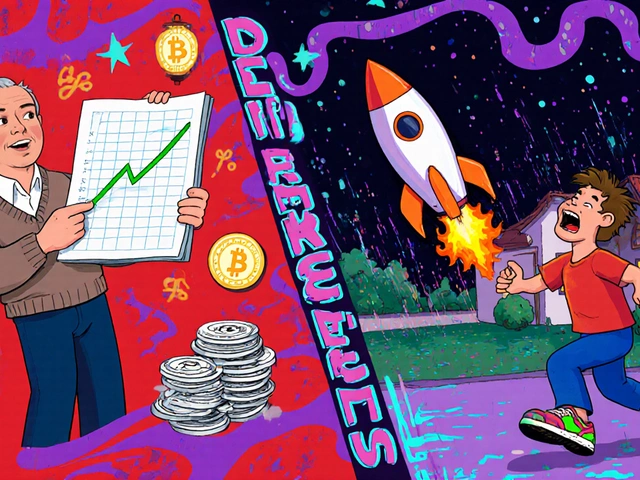Cross-Border Trading: How to Navigate Global Markets Without Getting Hurt
When you buy a stock in Japan, a bond in Germany, or an ETF that holds companies in Brazil, you’re doing cross-border trading, the act of investing in assets outside your home country. Also known as international investing, it’s not just about chasing higher returns—it’s about spreading risk when your local market stumbles. But here’s the catch: the price of that Japanese stock isn’t just about the company’s earnings. It’s also tied to the yen’s value against your dollar. If the yen drops 10% while the stock stays flat, you lose 10%—even if you didn’t make a bad call.
This is why currency risk, the chance that exchange rate changes will hurt your investment value is the silent killer in global investing. Most people don’t realize how much their returns are being eaten by forex moves. The dollar might be strong this year, but next year it could collapse. That’s not theory—it’s history. In 2022, investors in European stocks lost nearly 15% just from currency moves, even when the stocks themselves went up. And foreign exchange, the market where currencies are traded doesn’t sleep. It moves 24/7, reacting to central bank decisions, political chaos, or even a single tweet from a foreign leader.
That’s why smart investors don’t just pick countries—they pick how to hedge. Some use currency-hedged ETFs to block out exchange rate noise. Others let the currency ride, betting that long-term growth will win out. And a growing number are shifting into assets that naturally act as hedges, like gold or commodities tied to global demand. These aren’t just ideas—they’re strategies used by funds managing over $2 trillion in global assets. You don’t need to be a hedge fund to use them.
And it’s not just about currencies. Each country has its own tax rules, reporting requirements, and even ownership limits. Buying a stock in India isn’t the same as buying one in Canada. Some markets require local brokers. Others charge extra fees just for holding foreign shares. Then there’s global portfolio, a collection of assets spread across multiple countries to reduce risk. It sounds simple, but most people build one by accident—buying a few international ETFs because they sounded cool—instead of planning how each piece fits together.
The posts below aren’t about fancy trading bots or crypto arbitrage. They’re about the real, messy, everyday stuff that actually affects your money when you invest overseas. You’ll find clear breakdowns of how currency moves impact your returns, what happens when the dollar weakens, and how to rebalance your global holdings without getting crushed by fees or taxes. No jargon. No fluff. Just what works when your money crosses borders.





